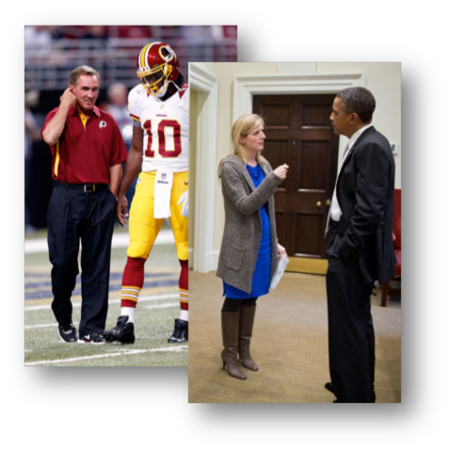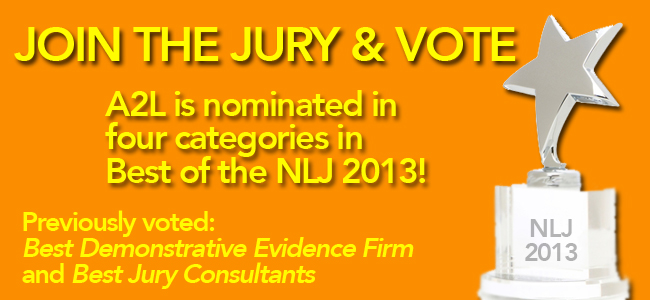by Ken Lopez
Founder & CEO
A2L Consulting
Twenty years ago, when I began to encourage litigators to use visuals in the courtroom, it wasn’t easy. I started our firm in the mid-1990s, when the use of trial exhibits was just a shadow of what it would become, and I had a constant uphill battle convincing litigators that visual trial exhibits would help them win their case. They were just uncomfortable with something that was new to them.
It’s always going to be a challenge to convince lawyers to accept something that is new and different. Lawyers, after all, are creatures of precedent. It was a struggle to convince them to use computers in the workplace (much less at trial), and many people may remember that some big-firm lawyers were initially reluctant to use another new technology – email. (What about client confidentiality? Can you transmit data securely on the Web? Why not just pick up the phone?)
To this day, many lawyers resist using LinkedIn, Twitter, and other social media tools that can help expose them to new clients and stay connected to their existing clients.
But at least, attorneys are now familiar with courtroom graphics as an indispensable tool at trial. It’s rare to see a major case make it to trial without graphics being used on both sides of the case.
So, it’s now a real pleasure for me to be able to say that litigation consulting and trial graphics are no longer novel and are indeed commonplace. That makes sense because as we have written here on numerous occasions, there is good science on our side. We as litigation consultants draw wisdom on a constant basis from people who have systematically studied the art and science of persuasion.
What has not changed is the resistance to the role of the litigation consultant. A lot of people use this term, but they don’t always fully understand what it means. I am the kind of person who can spot trends fairly early, and I believe that although lawyers say they want to work with litigation consultants, they would balk if they saw the full range of what such a consultant does.
 I believe that a good litigation consultant is someone who can help with trial strategy, courtroom appearance, story development, utilizing technology and overall trial presentation improvement - someone who is a lot like a coach. But there is resistance to this because some litigators think that working with a coach shows weakness in some way. It does not. Robert Griffin III is coached. President Obama is coached. These professionals are not weaker for the experience, but finely tune their performance with it.
I believe that a good litigation consultant is someone who can help with trial strategy, courtroom appearance, story development, utilizing technology and overall trial presentation improvement - someone who is a lot like a coach. But there is resistance to this because some litigators think that working with a coach shows weakness in some way. It does not. Robert Griffin III is coached. President Obama is coached. These professionals are not weaker for the experience, but finely tune their performance with it.
As an observer of trends, though, I predict that 20 years (or likely less) from now, just as it is now quite commonplace for trial graphics to be used in big cases, big cases and big time litigators will also have their go-to coaches. Perhaps they’ll be called litigation consultants or perhaps something else.
We recently introduced services like the Micro-Mock™ that will help establish such a coaching relationship in a limited and discreet way. The Micro-Mock™ is our proprietary service that fits almost every litigation team’s time and financial budget. It can complement jury consulting, or it can be an alternative if your time and expense budget won’t allow for full mock jury services. For a small fraction of the cost and time of a full mock jury process, you can utilize A2L’s Micro-Mock™ to sharpen your case and your presentation skills. We think this type of service will be commonplace in the near future.
So, what is a litigation consultant? Some equate the term with jury consulting, but that is not correct. Rather, a jury consultant is one form of litigation consultant, just as a litigation graphics consultant is a litigation consultant also. In time, like coaches around an all-star athlete, a CEO or a president, these and other sub-categories of litigation consultant will gain wide acceptance.







Leave a Comment